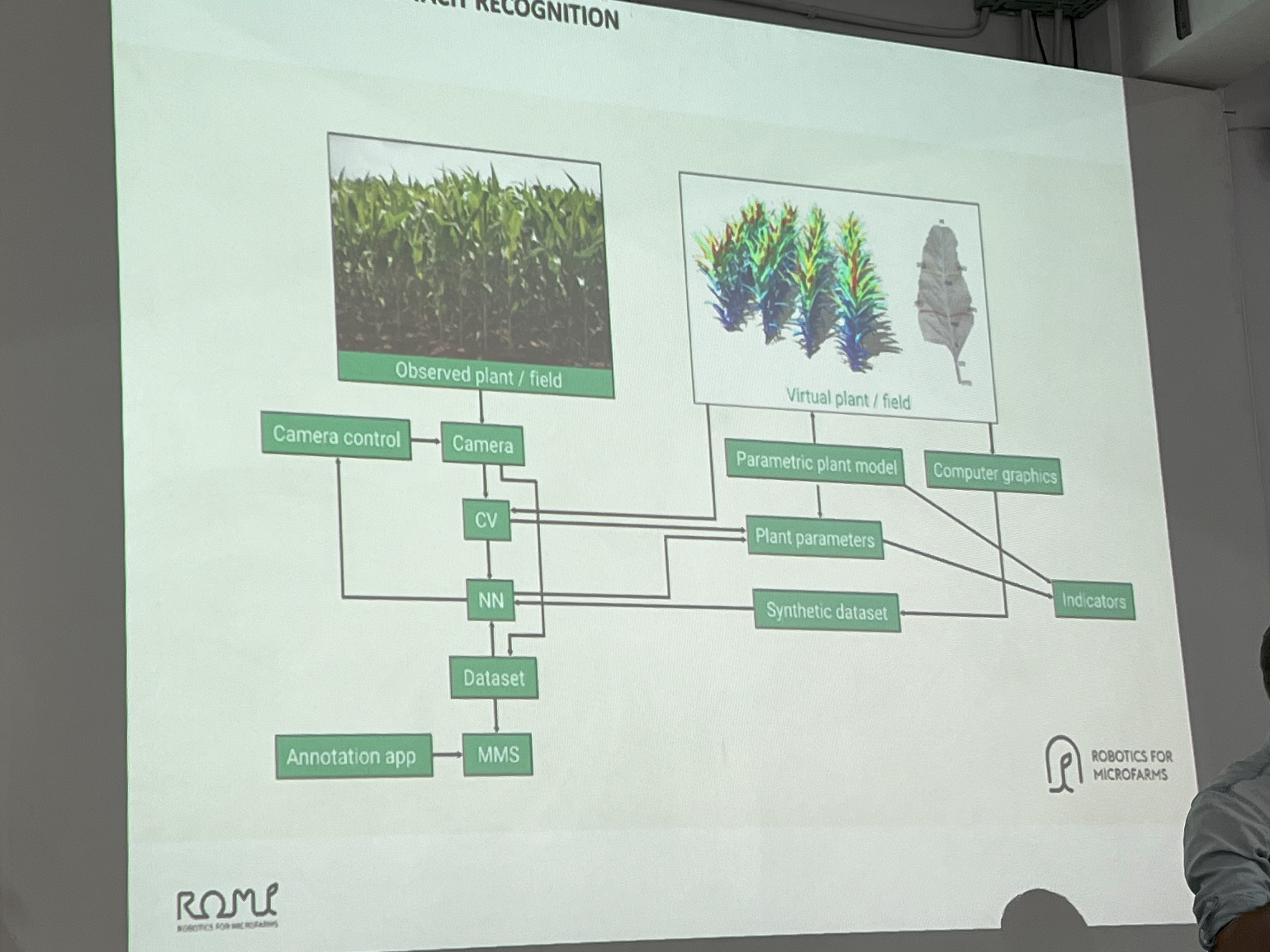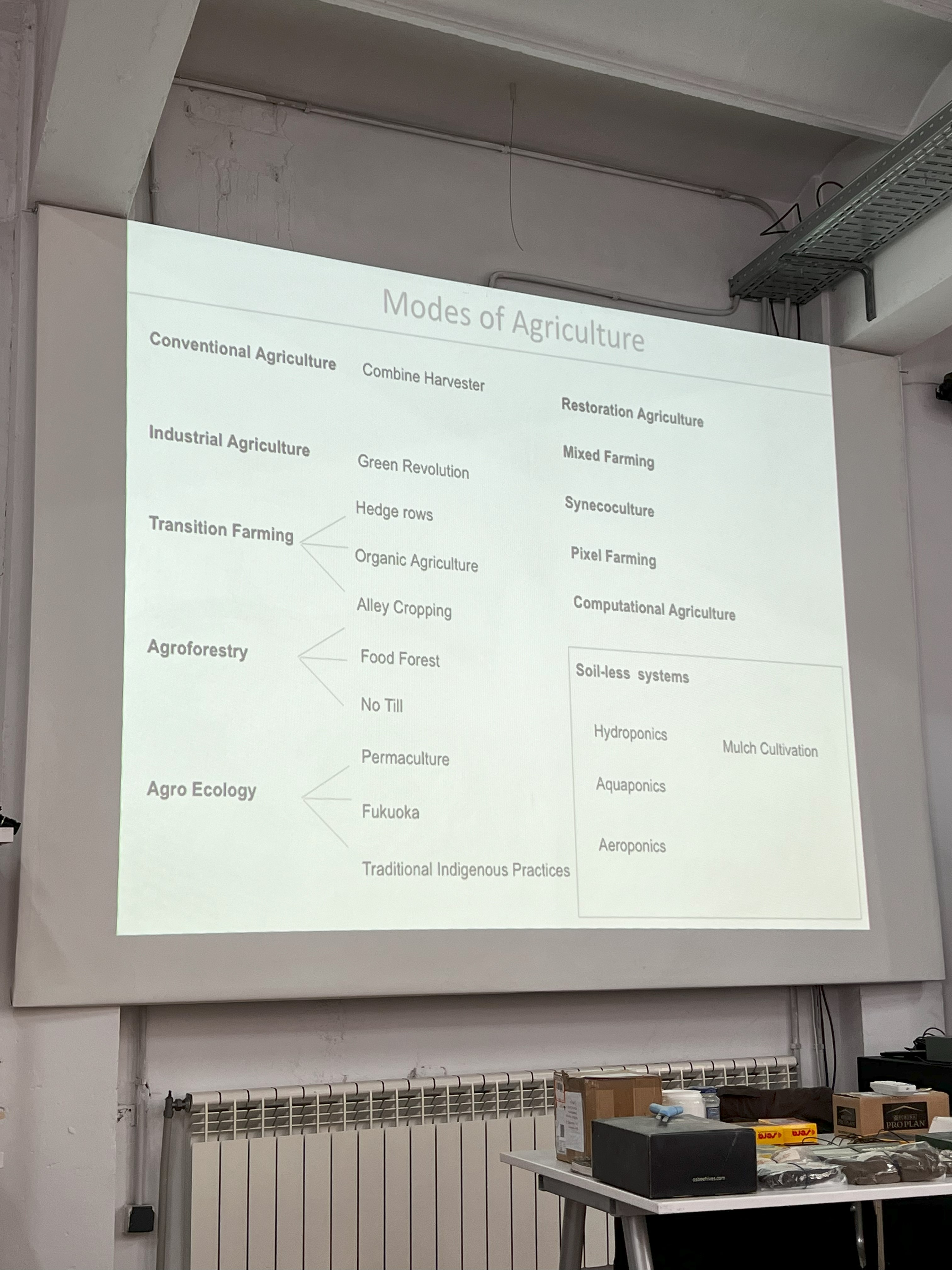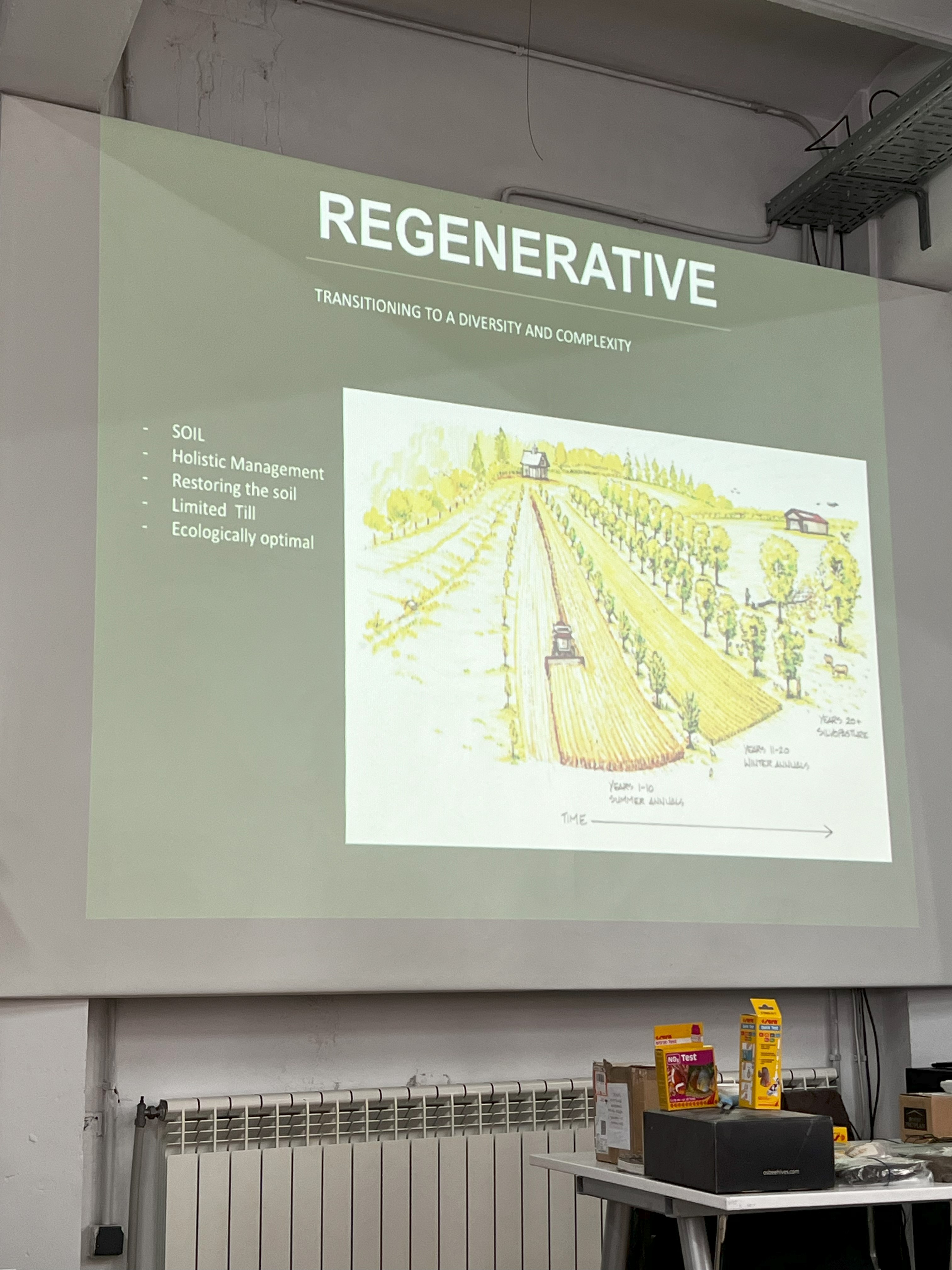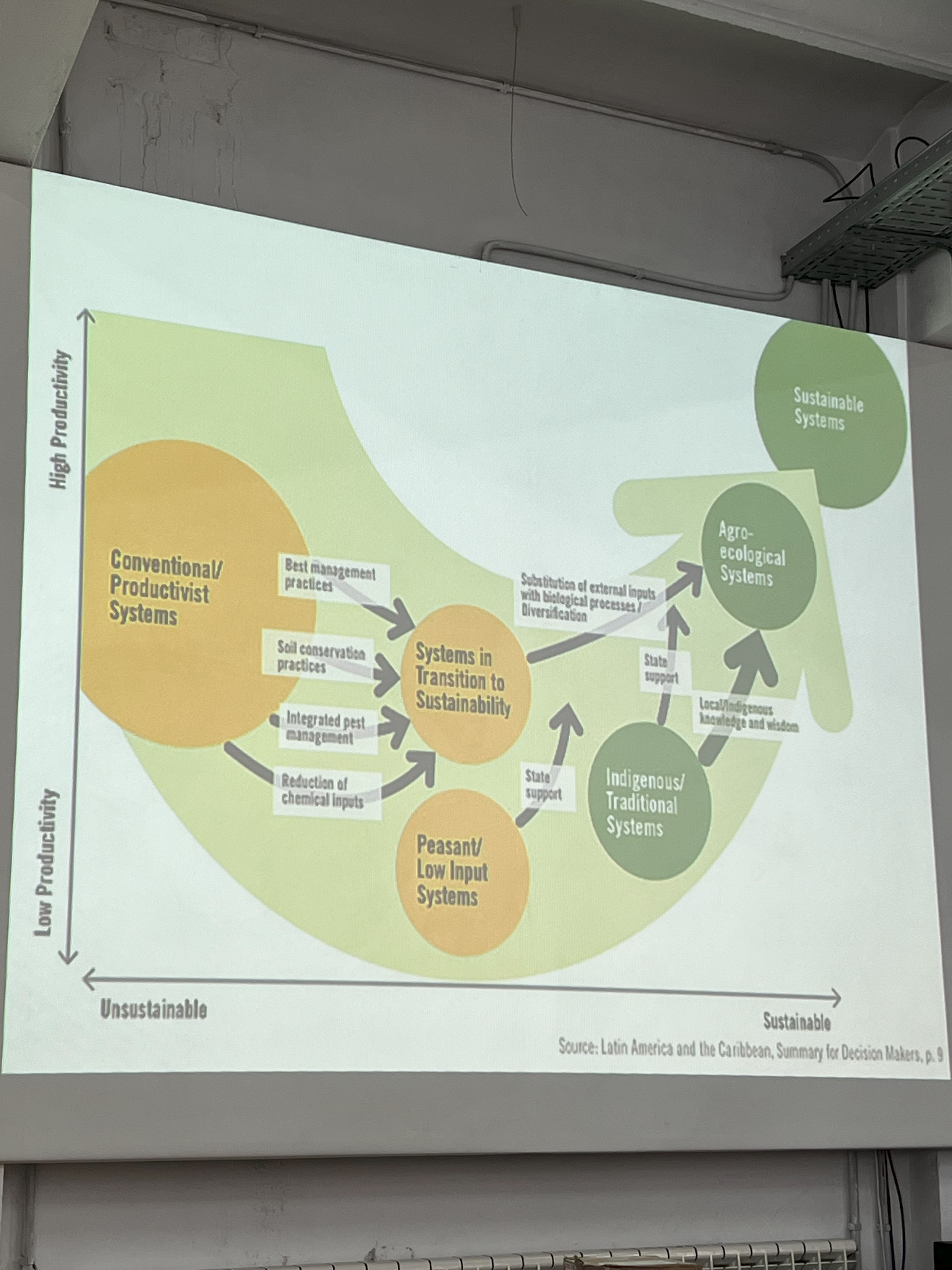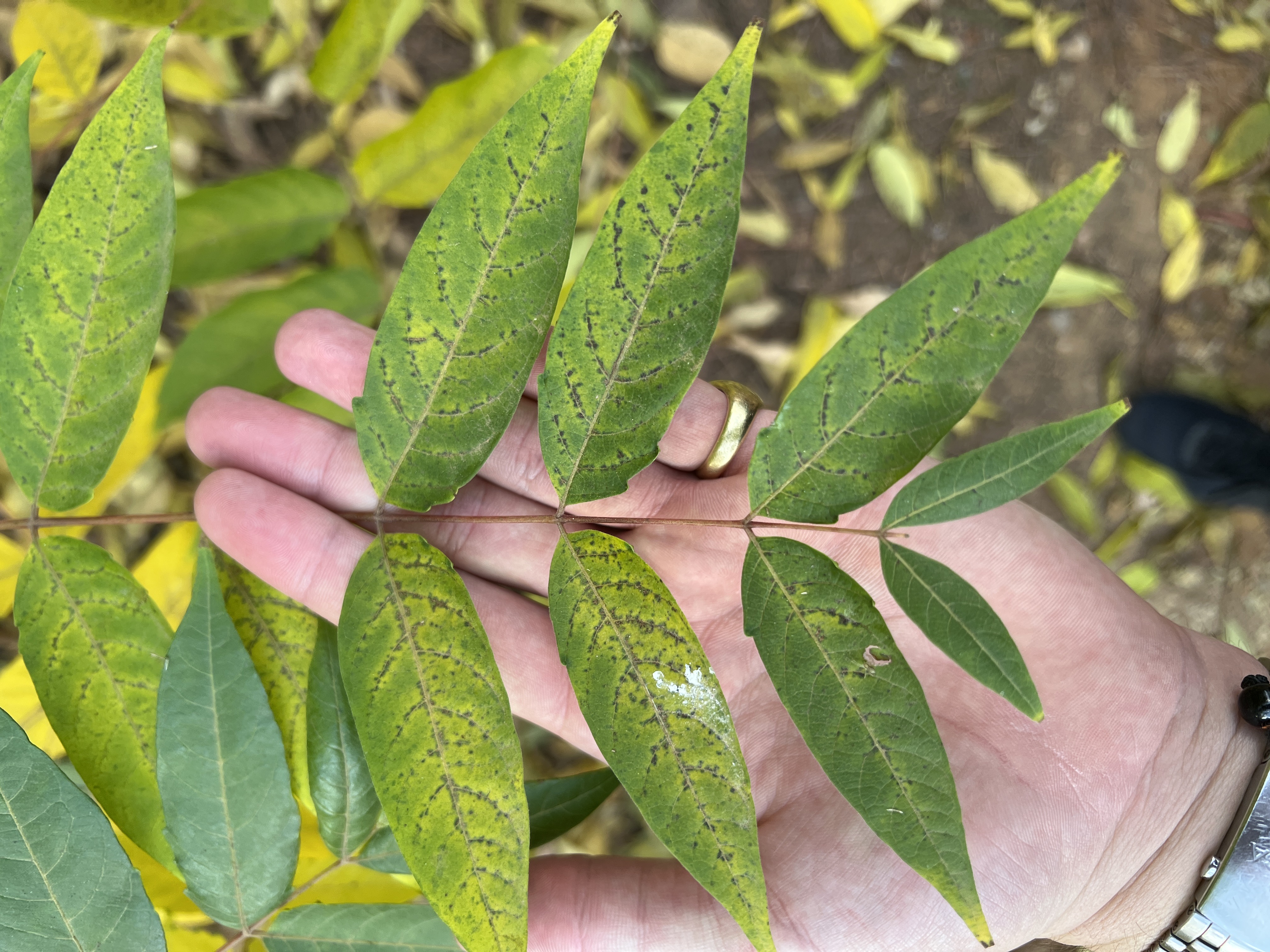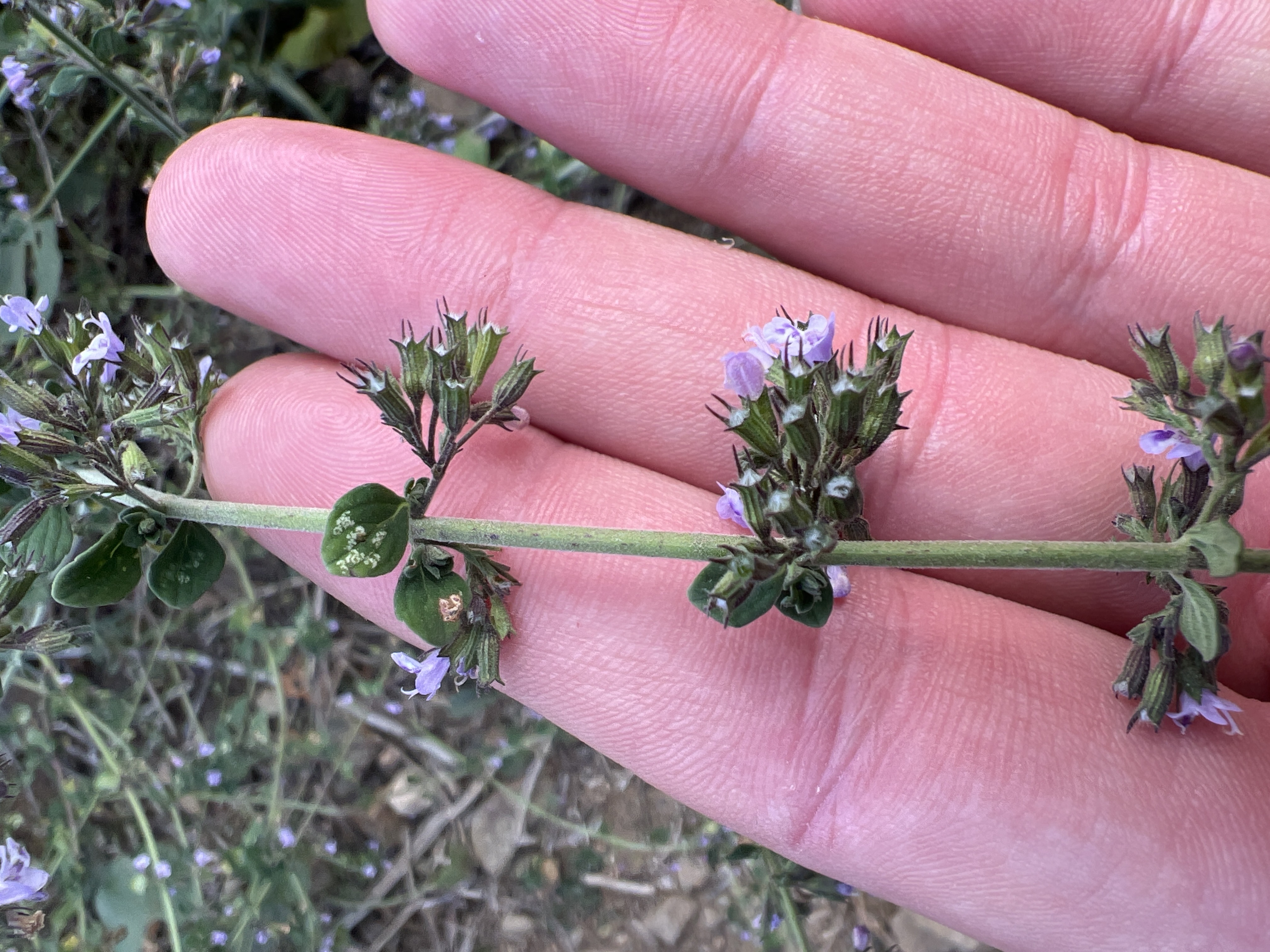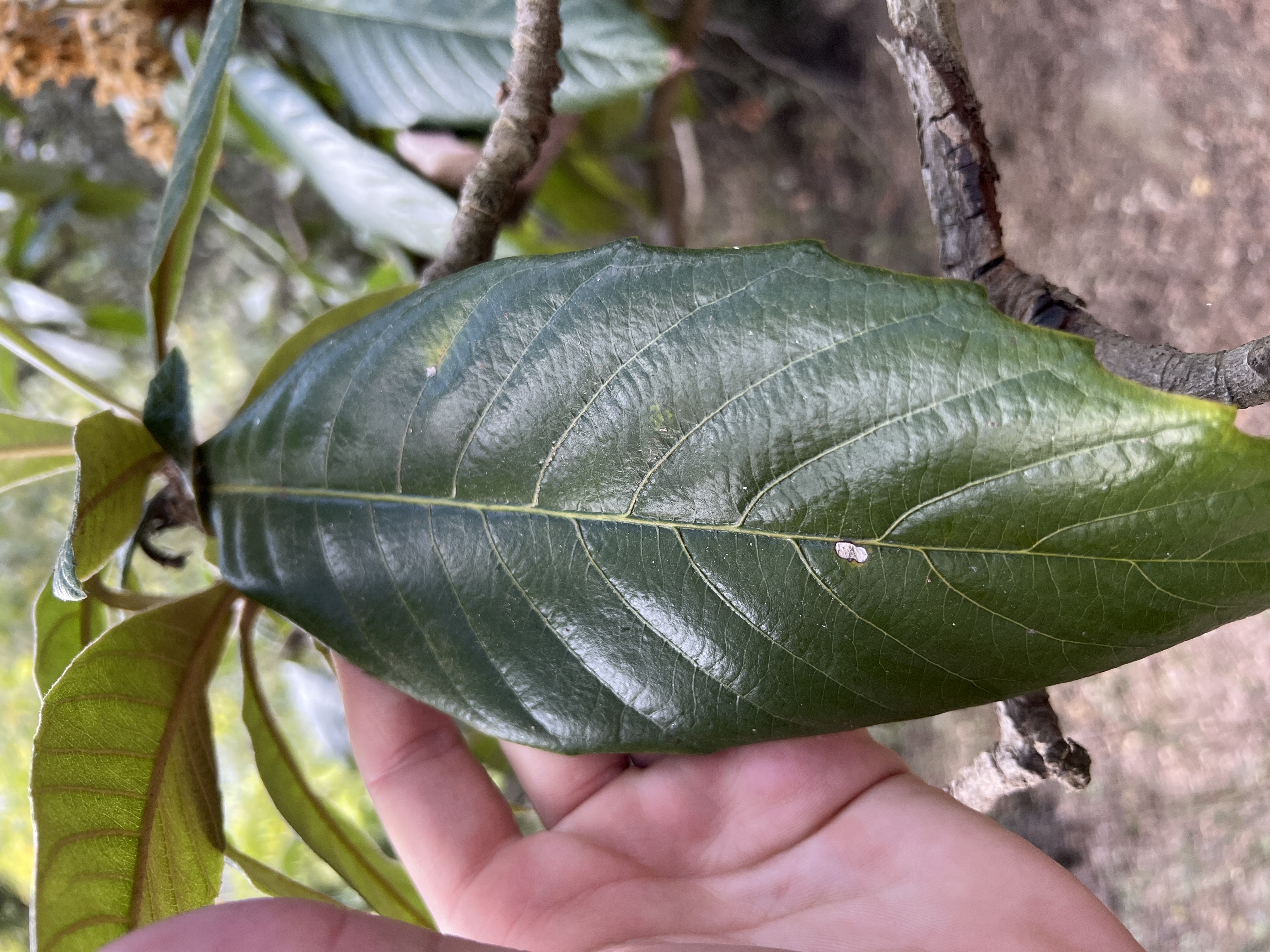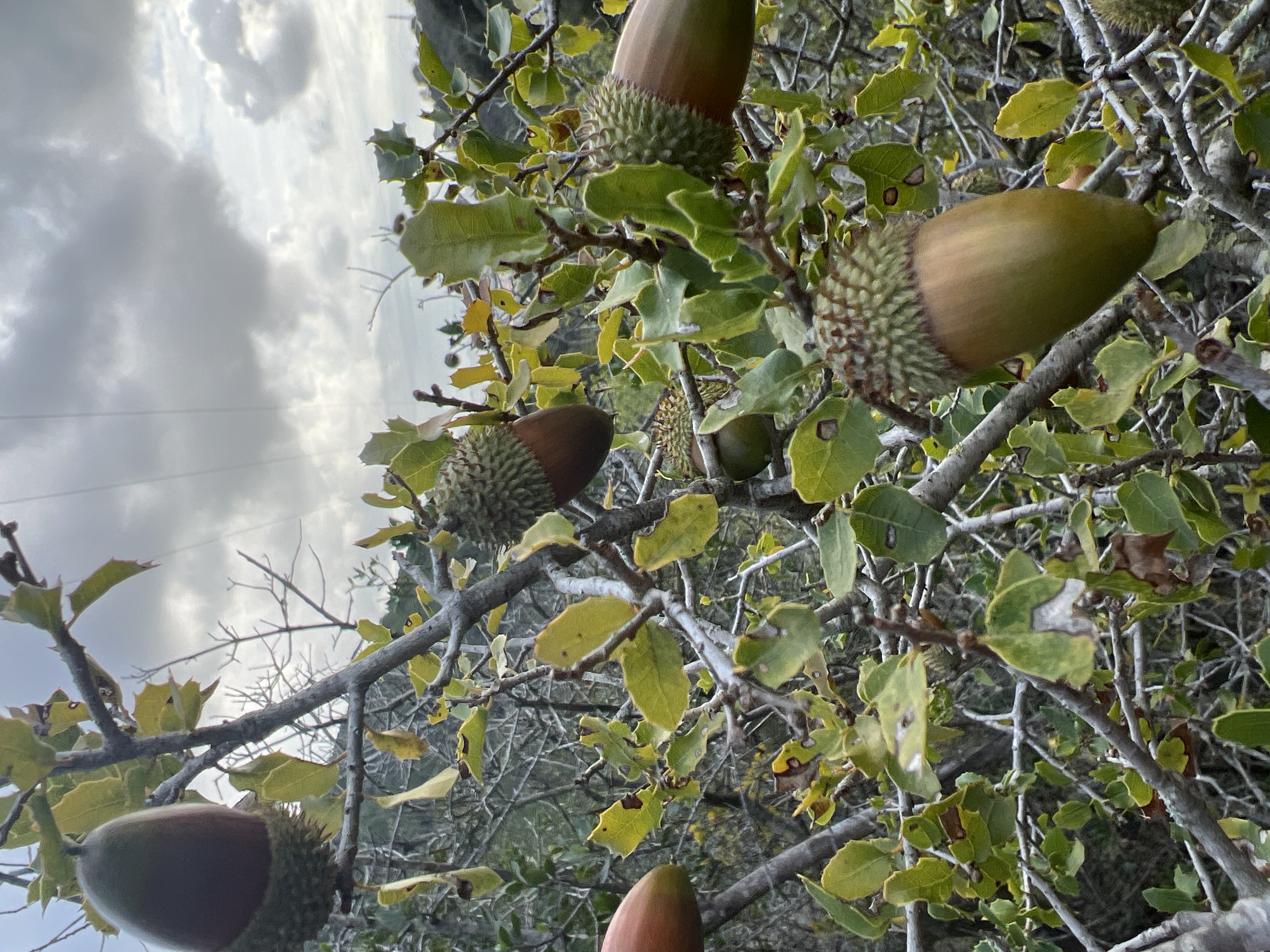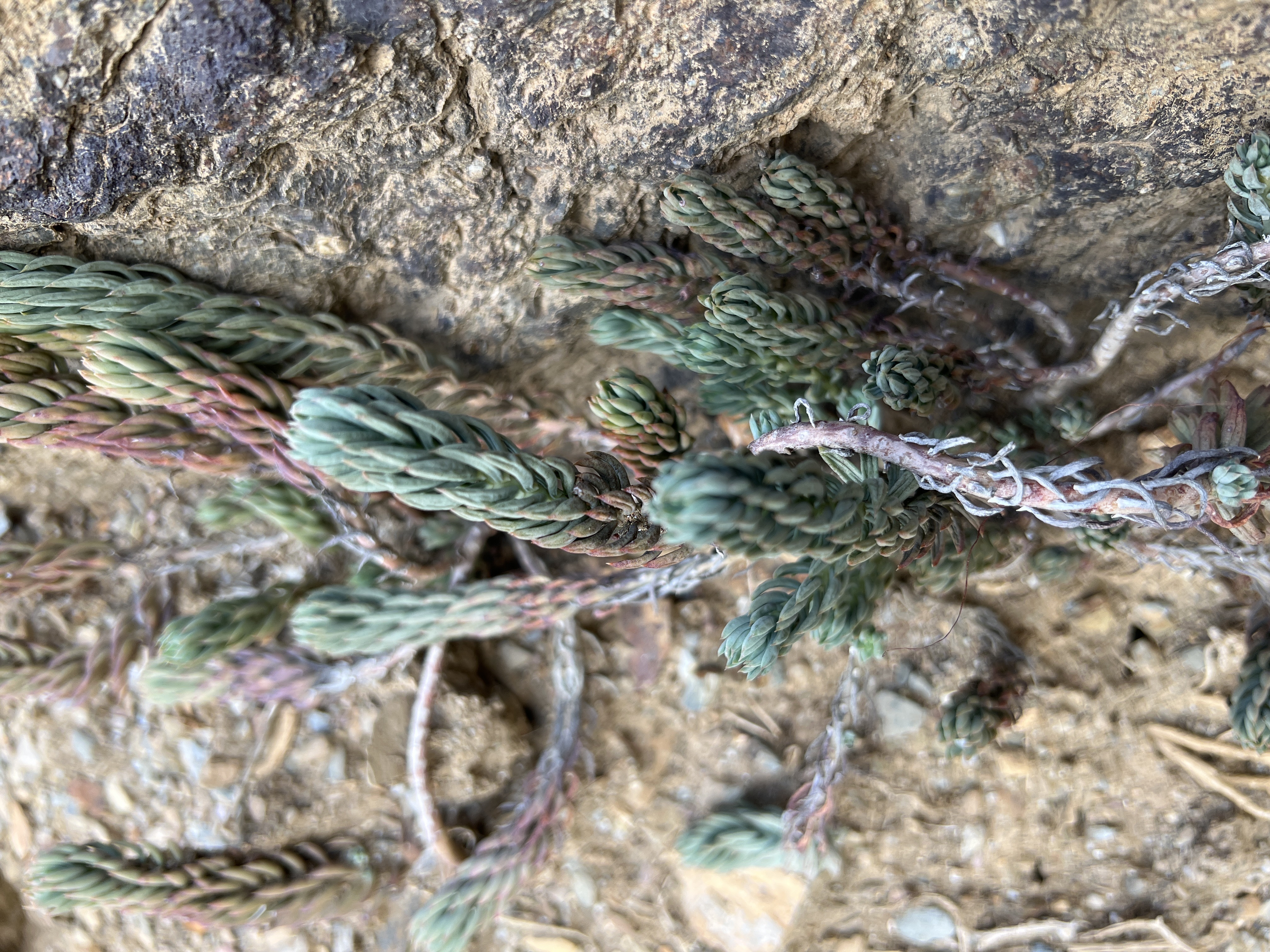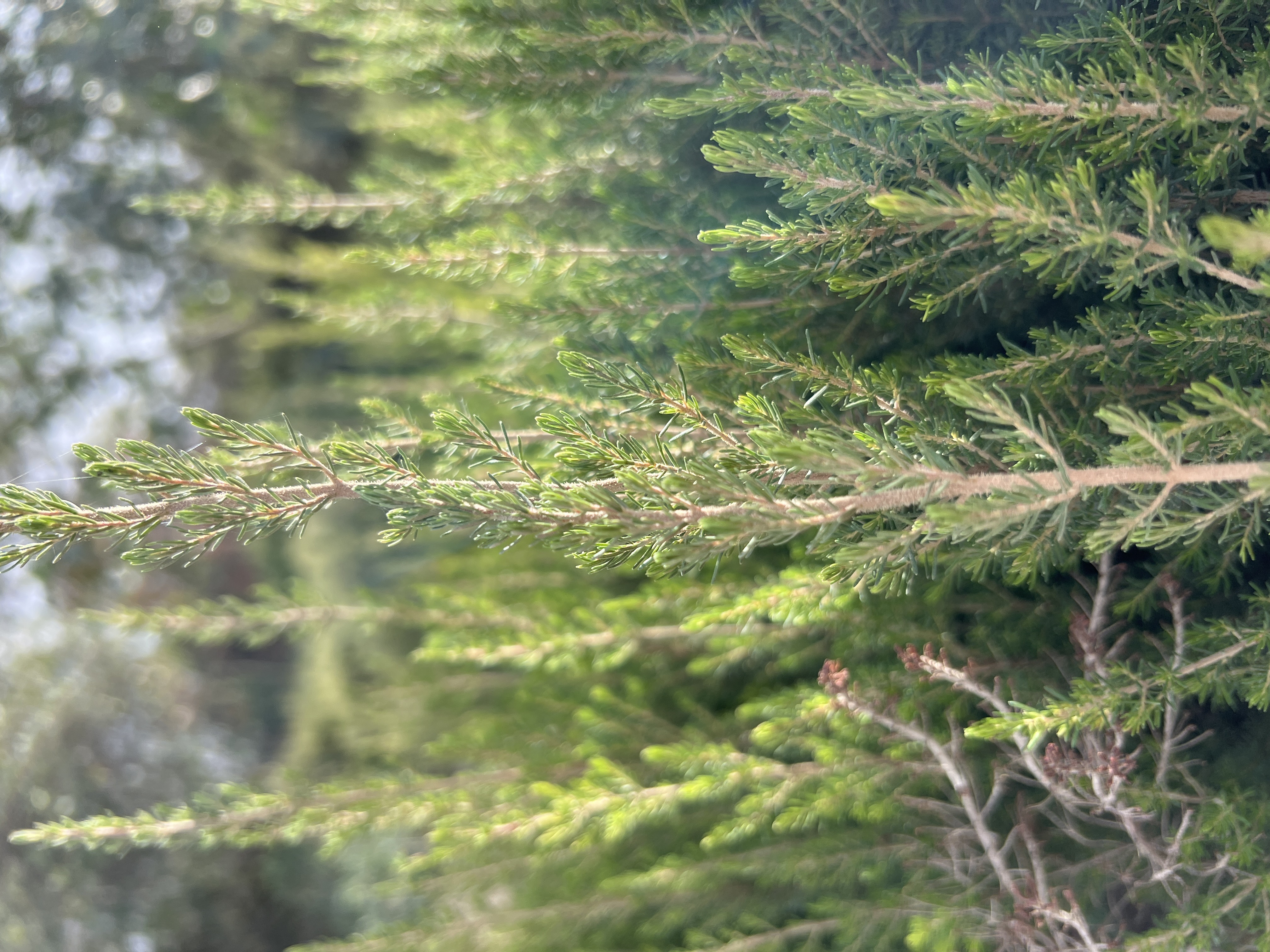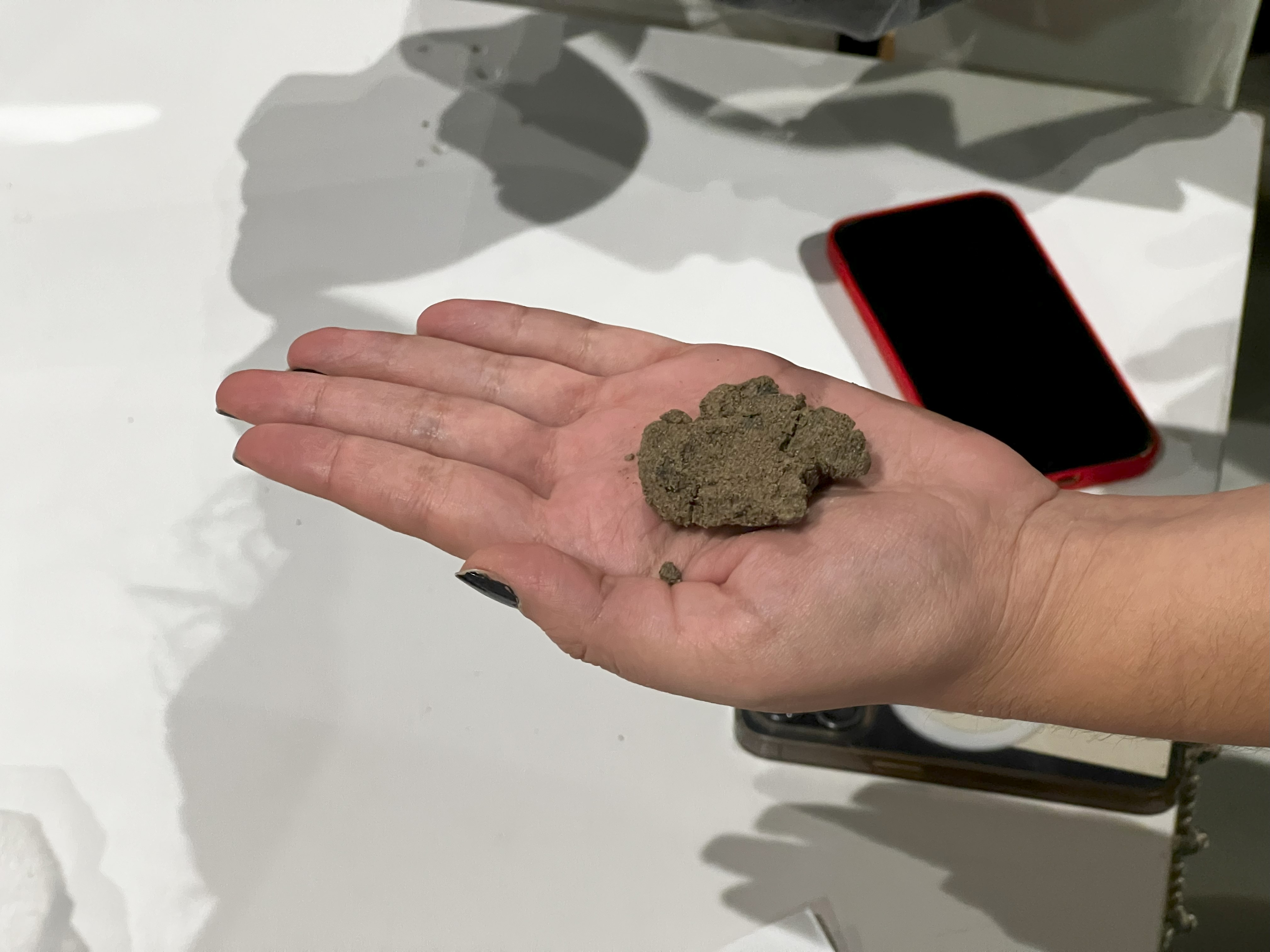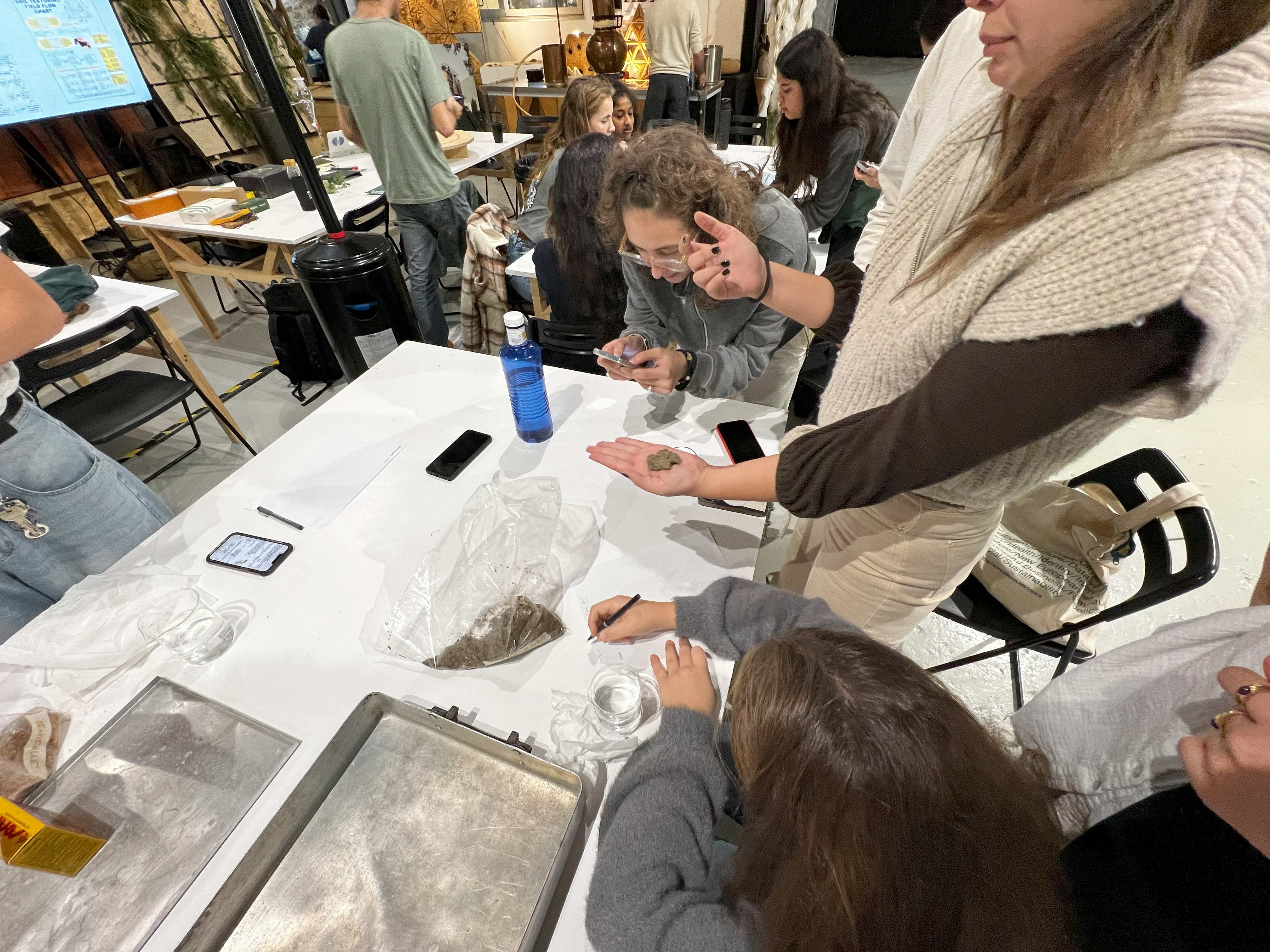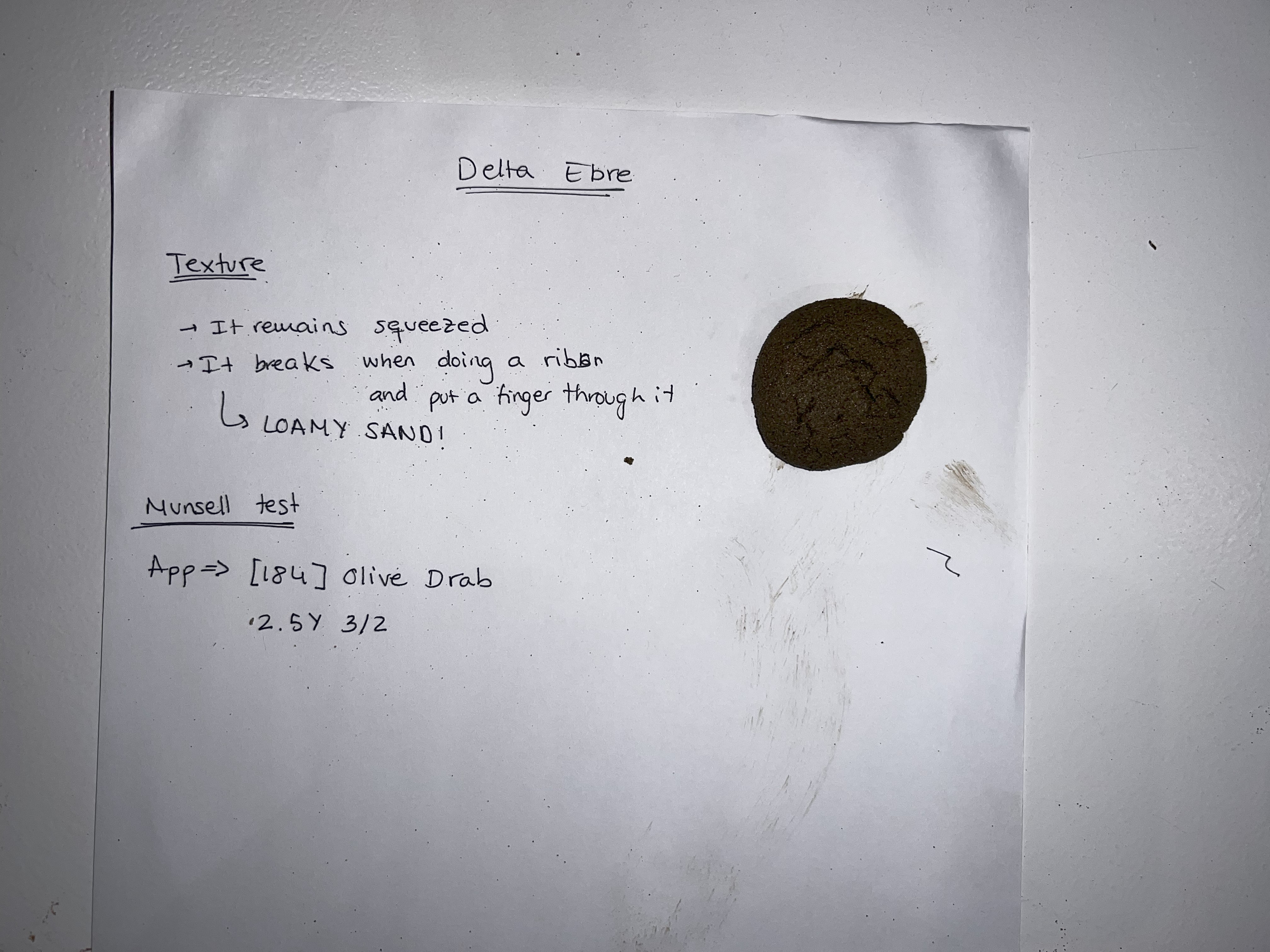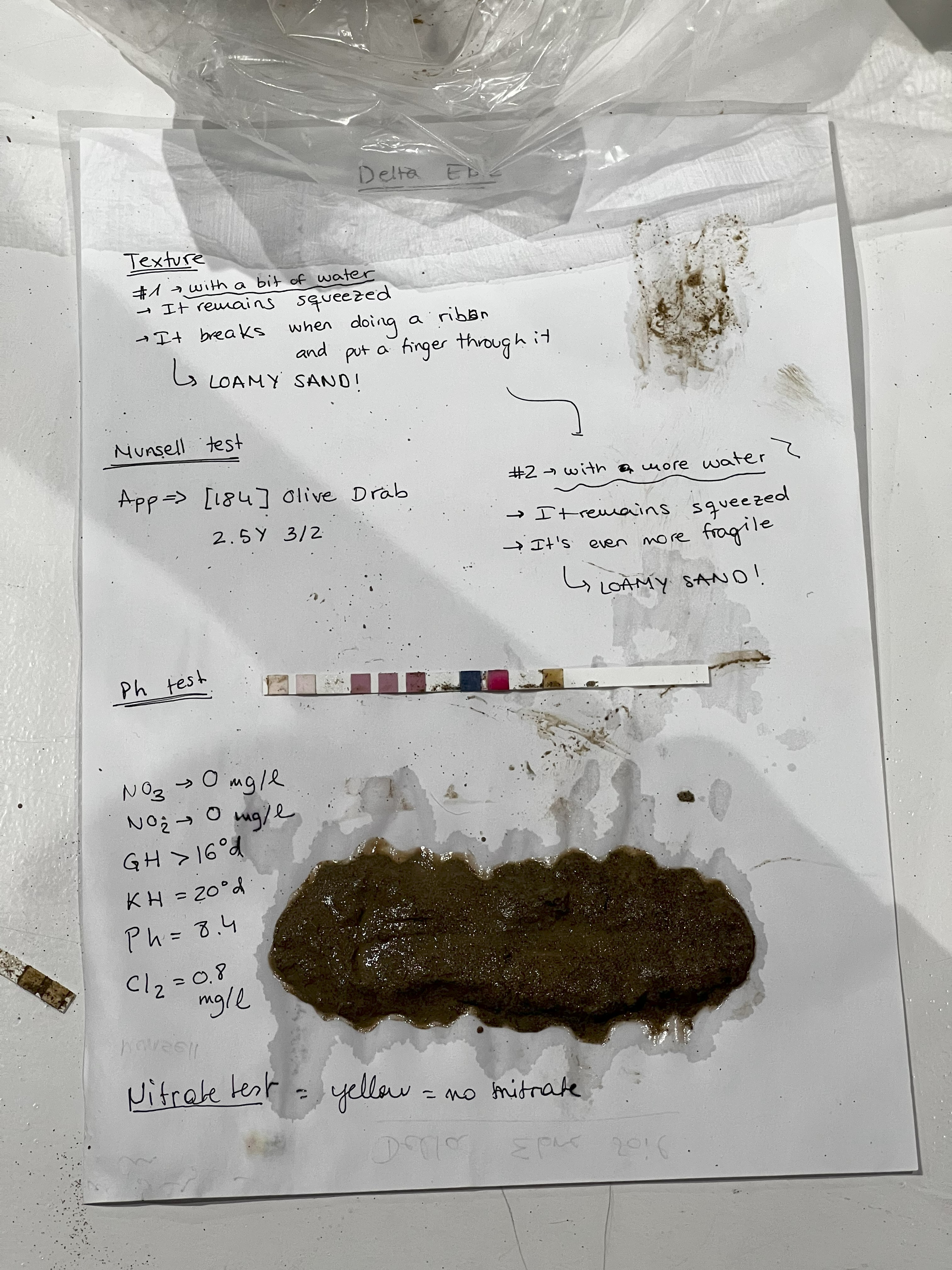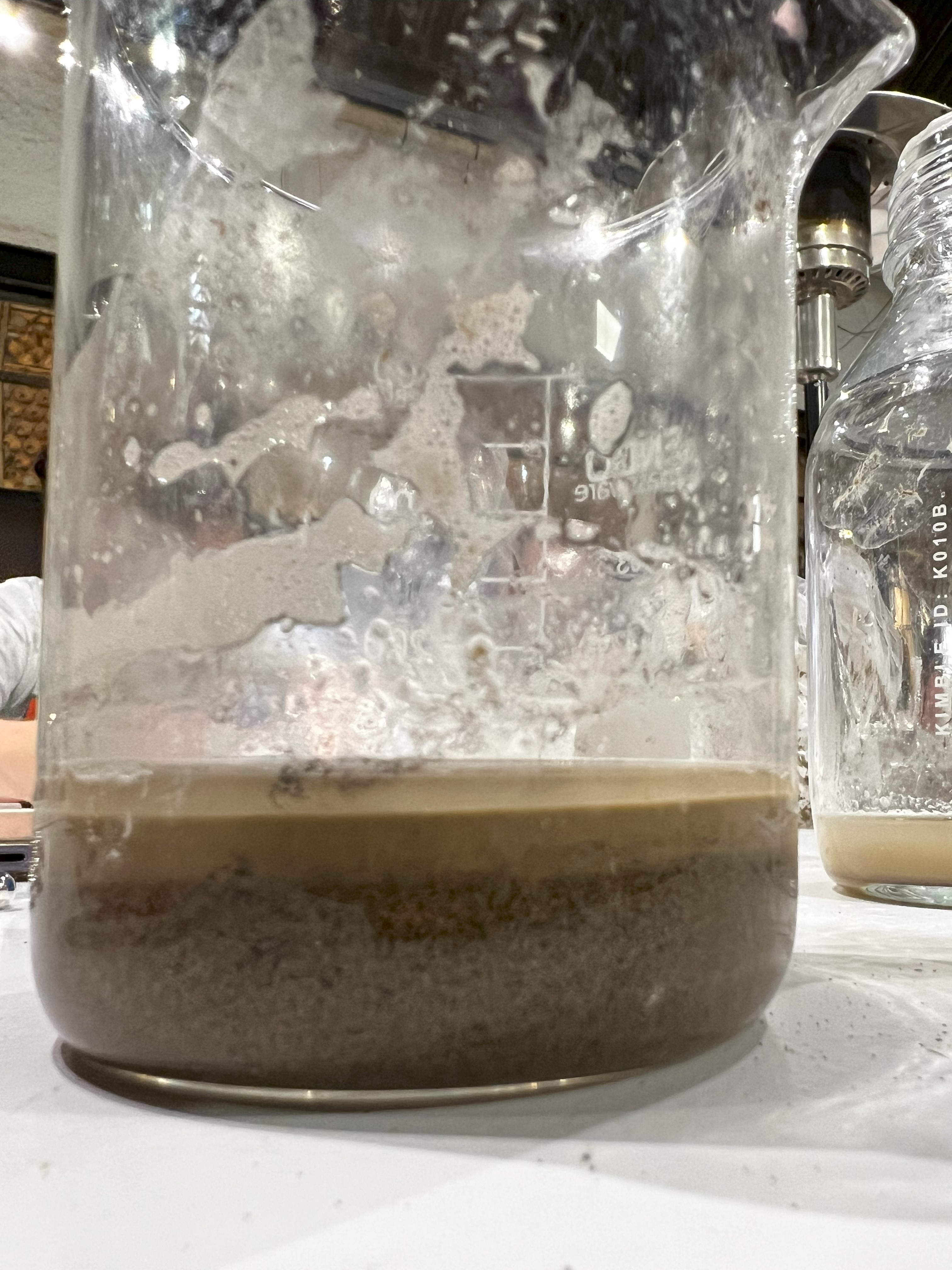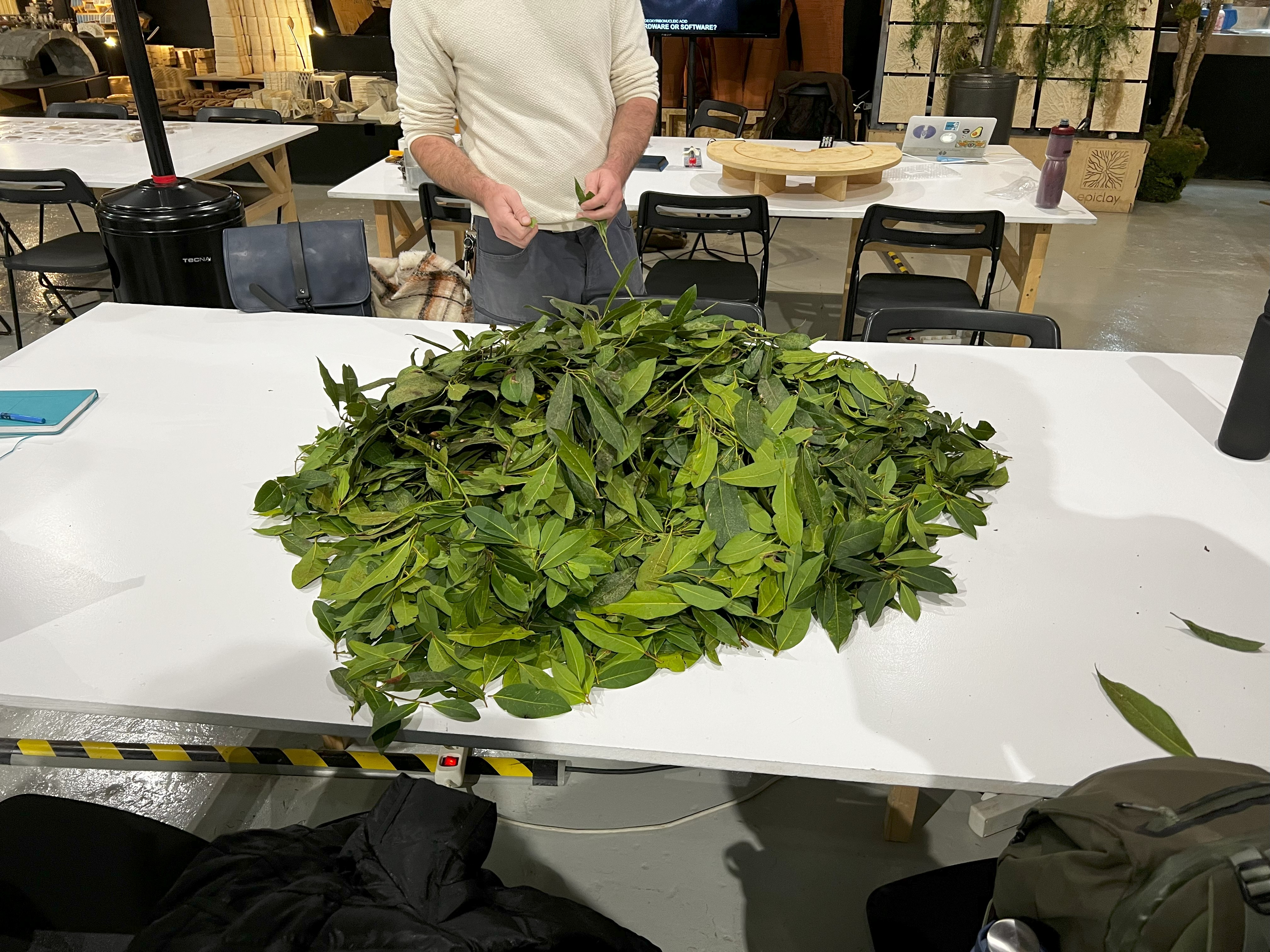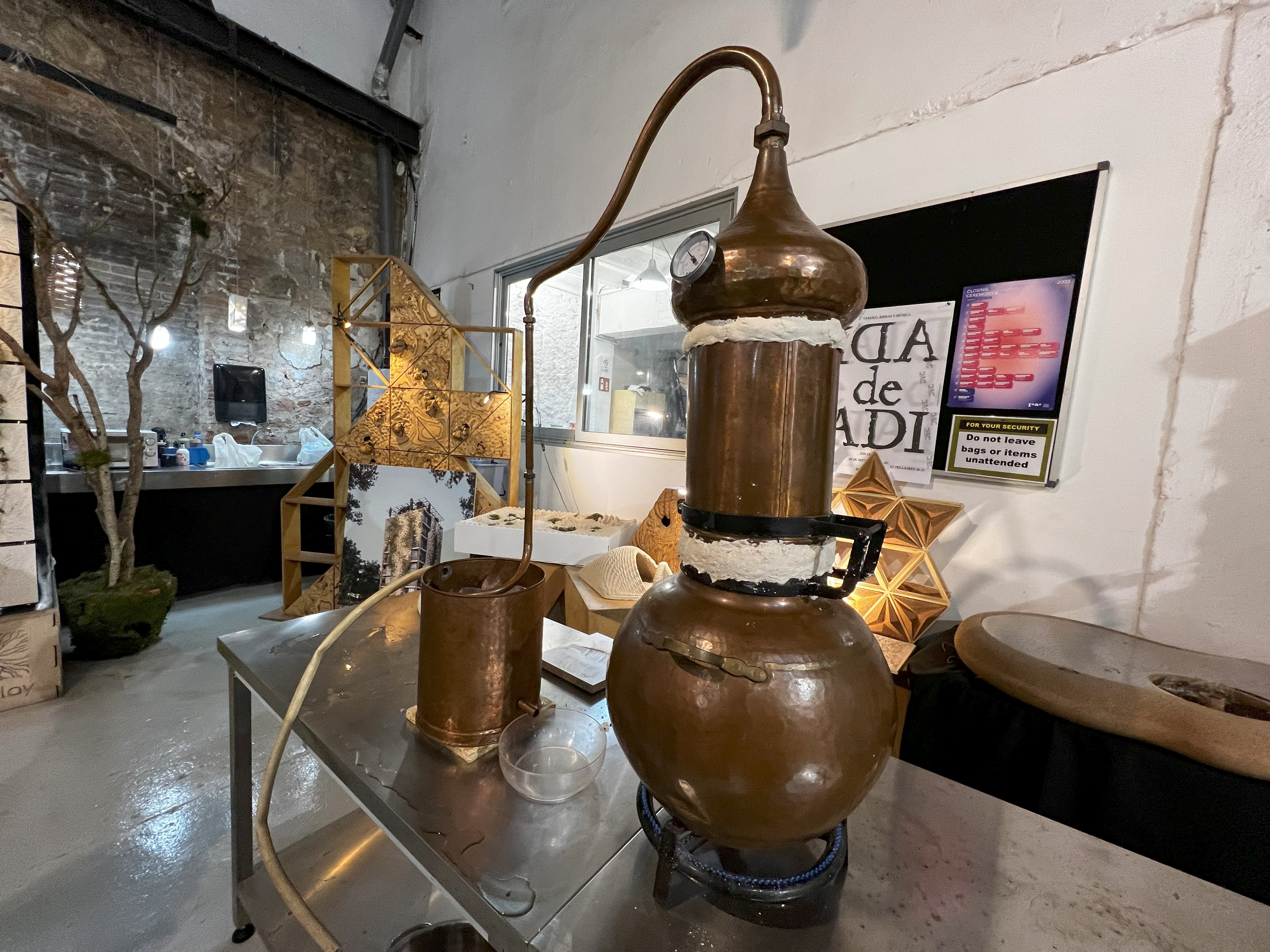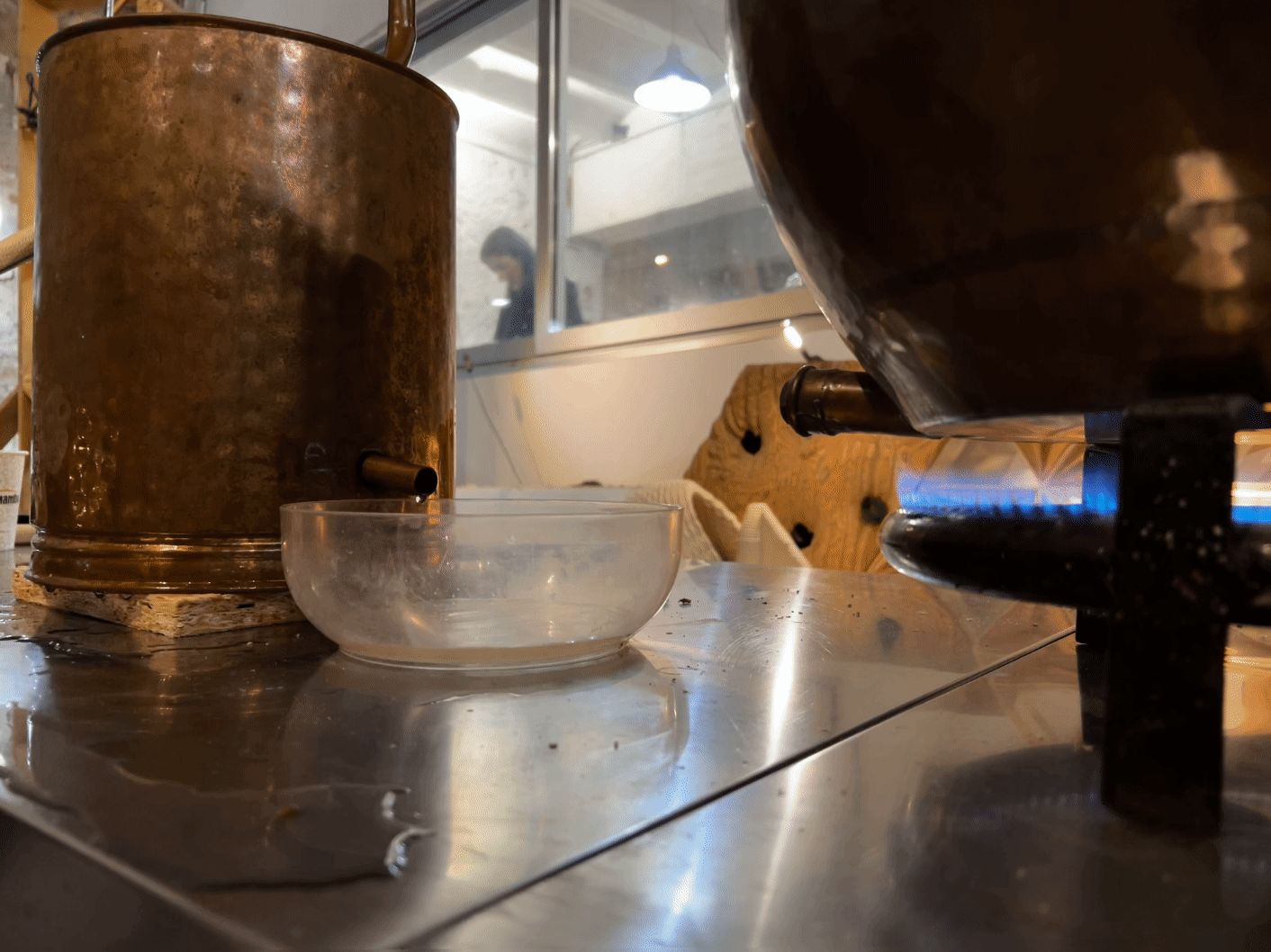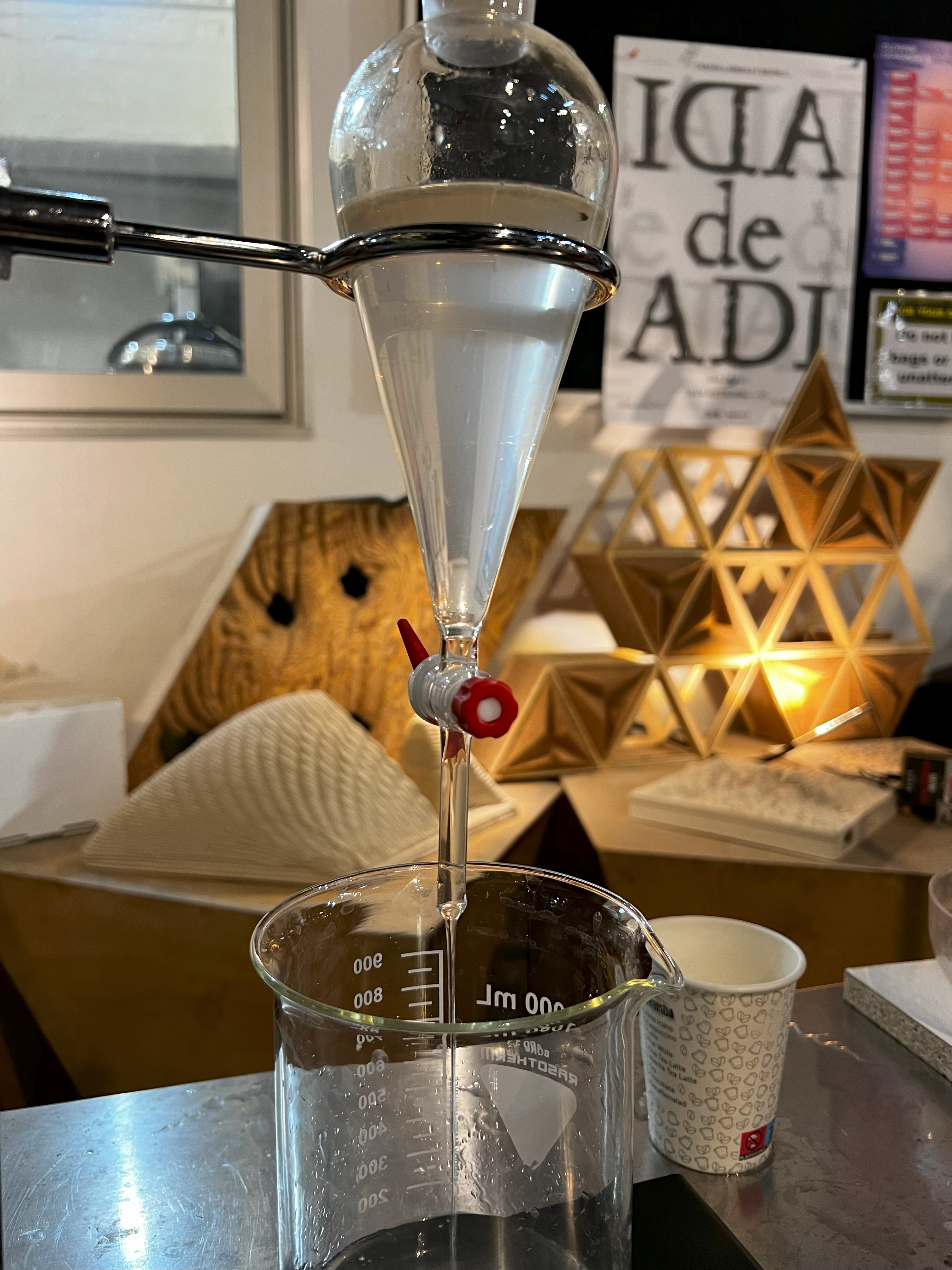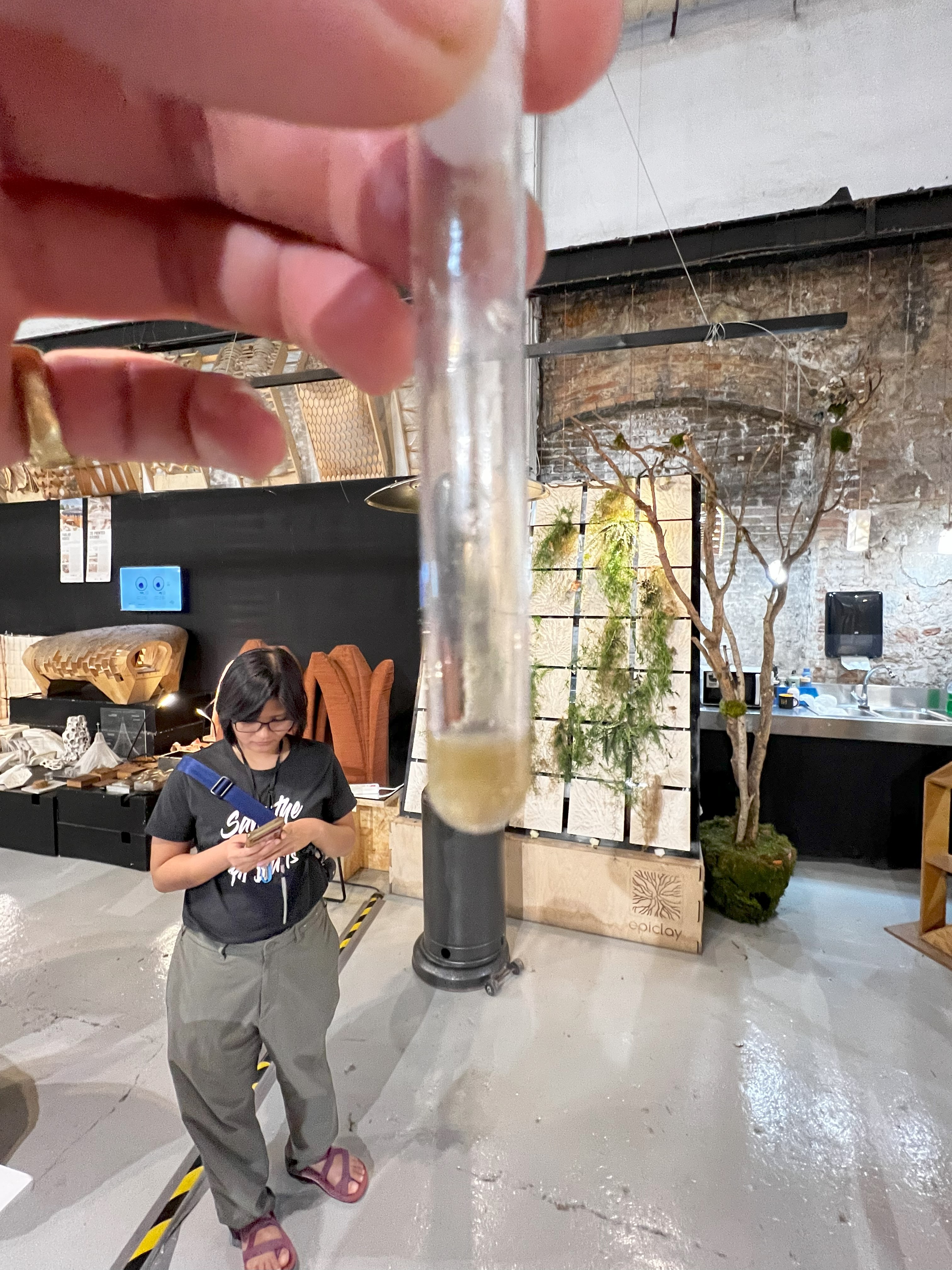Agri Zero
Too Long Didn’t Read
In Agri Zero week, led by Jonathan Minchin, we learned about integrating technology with agriculture to make it sustainable and regenerative. We explored different farming methods, visited the Valldaura campus in the Collserola forest, and engaged in citizen science using the iNaturalist app. We learned about soil health and its importance in food production. Practical activities included restoring a garden terrace, harvesting laurel leaves for essential oils, and conducting soil experiments. The week highlighted the potential of technology in creating efficient, eco-friendly farming systems while emphasizing the importance of maintaining a balance with nature.
Agri - Zero week¶
This week, we participated in Agri Zero week, where we learned about different forms of agriculture and how the integration of technology can make modern agriculture sustainable, easier and regenerative for the ecosystems we farm in. We were introduced to Jonathan Minchin, an architect by training and now an expert in agricultural technology, who explained to us the various methods of agriculture and how technology can be used to make it more efficient and ecologically regenerative. We then visited the Valldaura campus in the Collserolla forest in the hills surrounding the city of Barcelona and engaged in a bit of citizen science using the iNaturalist app to understand different ecosystems present in the forest as we moved up in elevation towards the campus. We also learned about soil health and the importance of monitoring it for effective food production.
Tuesday - An Introduction to Sustainable Agriculture¶
On Tuesday, we were introduced to our lecturer, Jonathan, an expert in all things agricultural or new technology mixing agriculture, mixing technology with agriculture. We were given an introduction to different forms of agriculture, how they work, what they do, what different methods of agriculture are that involve more modern technologies, how we can combine those modern technologies to create more regenerative forms of agriculture, from things like cover cropping to planted food forests, and how we can use those to make more efficient, effective, and ecologically regenerative food production, which is really, really interesting and something that I’d never quite learned about before.
I’d known about regenerative agriculture and what it could do in terms of creating a more sustainable food supply, but to learn about it in a way that made it so effective also showed how we can use technology to make it more effective and more efficient was really, really cool because mostly when you hear about integrating technology into farming or nature, it’s always seen as a bad thing because it’s always seen as more mechanical, more machine-driven, more industrial. He said, no, we just have to change how we do agriculture. We don’t have to stop using technology to change that. We just need to make it more efficient.
He mentioned some really interesting books like Small is Beautiful, which is all about how many small-scale solutions can make a big positive impact on society as a whole.
Wednesday - From old ecosystems to new¶
Into the hills¶
We then spent a day up at the Valldaura campus of the university up in the hills of the Collserola forest on the outskirts of Barcelona. To begin our journey, we met in the morning at Mundet metro station, and from there, we were all asked to install an app on our phone called iNaturalist, which would allow us to engage in a bit of citizen science, taking note of and understand the different ecosystems around us as we headed further up into the mountains.
We were encouraged to stop and photograph different plants from different angles, insects, and other life forms to show us that even in an area that can be seen as quite small, there is a huge change in the environment as you head further and further up the mountains. This allowed us to see how these ecosystems, known as ecotones, interact with each other, which was cool to see and wasn’t something that I usually give much thought to, so I’m happy I could understand the interconnections between ecologies a bit more.
Valldaura Campus¶
Up at the campus, we were introduced to the students who live there, who were studying a different sort of architecture program, where they focus on sustainable architecture, but through a holistic approach that has them take care of the land around them, fell the trees that need removing, turning that wood into usable lumber and then eventually designing and building structures from this material.
I suppose it gives you a really fascinating insight and appreciation for the entire process of creating a new building from nothing but raw materials, giving you a new understanding and appreciation of where everything we use comes from, as well as learning how to make sure you use up every last piece of material trying to minimise waste.
Then, in the afternoon, we helped turn one of the old garden terraces of the campus into a garden again after it had been overgrown and left abandoned by the previous owners of the building.
The Valldaura campus used to be an old stately home, and once that building was no longer in the family, they gifted it to the university, who use it now to train and run this new form of Masters in Architecture (which I have to say is very experimental and feels a little bit like a social experiment). it was cool to interact with the students there and hear how they deal with the problems that come up when attempting to live locally (like boars coming and tearing your garden plantation apart), how they engage in different forms of plant growing and plant development science, as well as attempting to apply different technologies to try and create the most efficient systems possible to make and grow food that works in a way that doesn’t harm the environment but actually benefits it at the same time, which was very cool indeed.
In the afternoon, we cultivated a bunch of laurel leaves to turn into an essential oil as they have very strong smell that apparently is quite good for you.
Thursday - Soils and essential oils¶
What’s in the soil?¶
In the morning, we learned about soils, how to tell about different soil samples and the importance of soil health.
we took part in a bunch of experiments, learning how to identify different types of soil, whether it’s loamy soil or not, what the best consistencies were for different types of plant growth and understanding why seeds germinate in different types of soils and different types of conditions.
I never knew that soils were so important to the growth of food. I would have just cast seeds into the ground and said, OK, now it’s going to grow. But actually, there’s a vital importance to the health of the soils we use to grow our different crops. There are more life forms than people on Earth in just a handful of healthy soil.
That’s wild.
It gave me a new perspective and understanding of how we grow our food and the importance of something I would normally have seen as just dirt. Jonathan stressed the importance of developing technologies and understanding how we can monitor the health of the soil to make it work for both us and the planet in healthy symbiosis.
The task for the next few weeks is to try to germinate some seeds that would be used to plant a small food forest. These are really important seeds from different places worldwide. It’s going to be an interesting experiment, though I’m not sure what we will do with the seeds once they’ve germinated.
Grow a small food forest in our classroom, perhaps? 🌲
Distilling essential oils¶
Finally, we attempted to make some essential oil from the collected laurel leaves.
In the beginning, it didn’t work. we weren’t able to generate enough heat in the distiller in the time period that we needed, but after everyone left, some of us stayed, and we finally figured out the problem.
Turns out the valve on the gas tank wasn’t letting enough gas through. We discovered that if one of us sat on the valve of the tank (that person being me), it created enough pressure to send more gas through the system.
Though sitting next to an old distiller, which is basically a big pressure cooker, and telling yourself, oh, I’m basically sitting next to a bomb, isn’t exactly the most encouraging thing.
But we proceeded nonetheless; we managed to scavenge a better valve and swap out the valve, and it immediately started working much faster, and we were finally able to create this oil. Though out of ten litres of laurel leaf and water mixture, you only get about one centilitre of actual oil!
You have to distil it, then titrate it, and do all this really cool stuff, but I’m amazed at how little we actually get.
Now I completely understand why essential oils are so expensive!
This week has been really interesting and opened my eyes to understanding how agriculture is so integral to our societies, and helped me to understand why it’s so important to make sure that the agriculture that we do is regenerative, focusing on a healthy symbiotic relationship with the planet and the ecosystems around us, to make sure that we can continue to grow healthy food without the need for a continuous stream of chemical pesticides.
You can see the entire distilling process in this video made by one of my class mates Nicolo Baldi:
Final Thoughts¶
It made me think a lot about what we could do with technology and design to create better, more efficient systems of farming that make farming easier, like using robots to do weeding or automated farming where we create machines that can harvest crops much quicker and much more efficiently than humans can, in a way that doesn’t actually hurt the surrounding ecosystems or destroy the soil in the process. However, it’s incredibly important that we figure out a way to do all that without destroying the sources of income that people depend on for their livelihoods.
The potential for technology to change systems for the better is enormous; we just have to make sure we do it right.
I don’t have the answers, but it’s definitely a field worth exploring. 😃
